Campus Outreach campus director Mike Turner was on his way back from a spring-break trip with about 40 University of North Texas (UNT) students when his phone started buzzing.
“We were in a huge caravan of students, headed back to Denton from Gulf Shores, Alabama, and everybody’s getting word over their phones that things are shutting down,” he said. “Once we got back, all the news was coming in.”
Students were packing up, heading home, moving online. For Turner, that meant no more in-person worship nights, Bible studies, or discipleship groups.
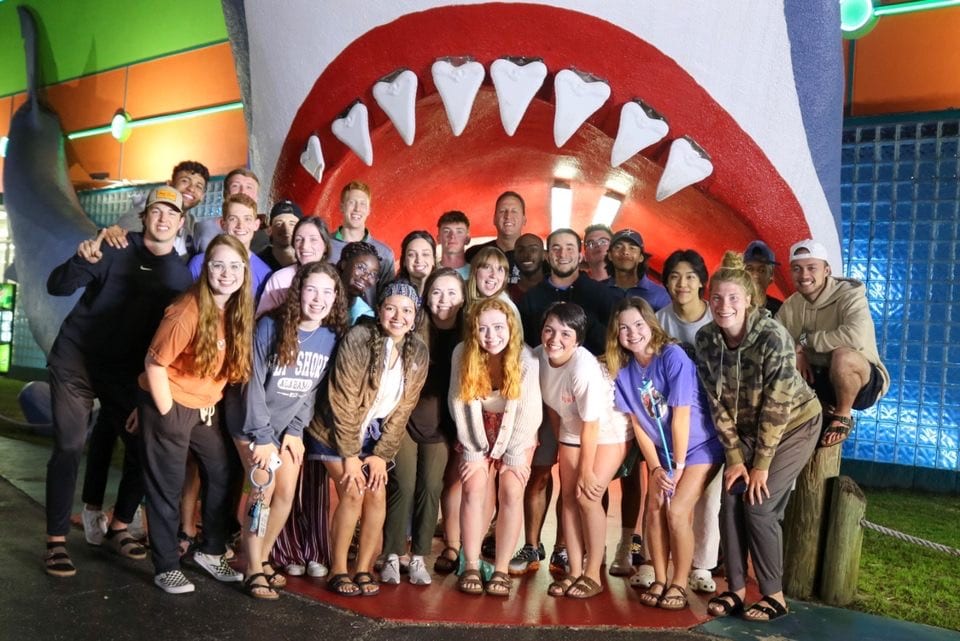
“The spring was pretty much shot,” he said.
That was true for campus ministries across the country. For the past eight months, they’ve wrestled with how to engage students they can’t gather, how to reach out to new students they don’t know, and how to care for students they can’t hug.
“There are so many decisions that have to be made, and so many dynamics at play, and so many options that aren’t clearly right or wrong but you have to choose,” said Kendra Gustafson, associate director of The Salt Company based in Ames, Iowa. “And then there are consequences—people who like it or don’t.”
A lot of the time, it feels like you’re “remaking all of the decisions you already made years ago,” she said. “It creates more mental work and exhaustion and communication.”
But there’s also been grace—growth in student discipleship, student devotional time freed up from canceled sports or club events, and clarified priorities.
“What we want is people coming to faith and people growing in faith,” said Chris Colquitt, the Reformed University Fellowship (RUF) campus minister at Northwestern University. “I see both of those things sharpening.”
There’s also been a little creativity, and some new strategies that just might stick around.
Online Outreach
“We cared very little about our online presence before this,” Gustafson said. The Salt Company grew by word of mouth, as students invited roommates and teammates and classmates to activities. August and September were especially important times to gather freshmen through on-campus advertising or in-person events.
But as things shut down in the spring, it wasn’t hard for Salt staff to see that the fall wasn’t going to be normal.
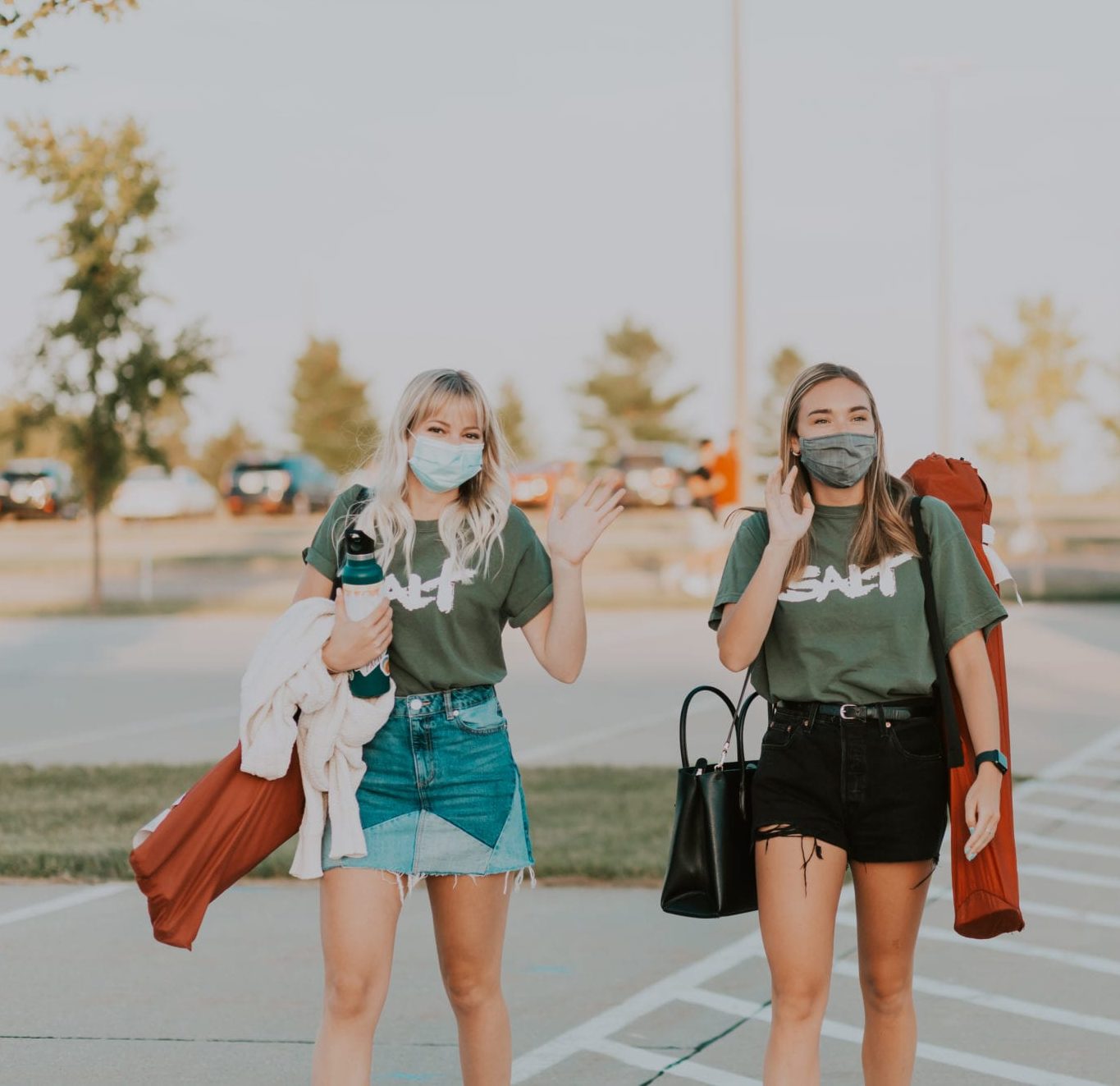
“Overnight, it felt like a wakeup call,” Gustafson said. “For today’s student, social media is one of—if not the—entry point for them to feel the confidence to move toward something or be invited into something.”
Salt had connected with 556 Iowa State University freshmen at the end of their fall kickoff season last year, Gustafson said. “Our summer goal this year was to find 557.”
It was an audacious goal. In 2019, students had come to Salt with friends or by spotting on-campus advertising or getting swept into an outdoor game. In addition, last year’s class was bigger—the incoming freshman class in 2020 was down from 5,600 to around 5,000 as many opted to take a year off or attend community college.
That meant the Salt team had to do more than update the website. They couldn’t rely on students to find them. Instead, Salt had to find the students—and they weren’t gathered in dorms or in the dining hall, but in homes spread across the country.
So the Salt team worked all summer, locating freshmen through current students and youth groups. They connected any way they could—via text, Instagram interactions, or Facetime calls.
“Sometimes it was just a text-message exchange,” Gustafson said. “We had different levels of commitment. But we wanted to pursue them and make the option [to join Salt] available.”
The staff ended the summer with the names of 703 incoming freshmen, flying by their goal and finding a strategy worth hanging onto.
Connection Points
Iowa State offered classes in-person and online this fall, and instructed all student gatherings to follow government protocols for mask wearing and social distancing. The Salt team put a lot of thought into pulling off a kickoff event: it was held in the parking lot of Cornerstone Church, with careful parking, social distancing, mask wearing, and a sound system so everyone could hear.

“Pretty quickly we realized we could sustain our plan for facilitating the kickoff for other meetings,” Gustafson said. “We’ve been meeting in person the whole semester. It has helped tremendously.” (When the temperature dropped, they moved inside for multiple services in order to keep following safety protocols.)
But it’s still not the same. While Salt’s freshmen contacts were up, numbers overall are down about 25 percent, Gustafson said.
“Every time I feel discouraged, I have to remind myself of the many legit reasons why some people can’t come every week and the real hurdles for a new person to jump,” she said. “But the discouragement also motivates me toward creativity.”
At UNT, the Campus Outreach weekly meeting that used to average 130 is down to 30 or 40. Turner can’t enter the campus for any reason—not to have lunch with students in the cafeteria, hold Bible studies in classrooms, have a water-balloon fight on the lawn.
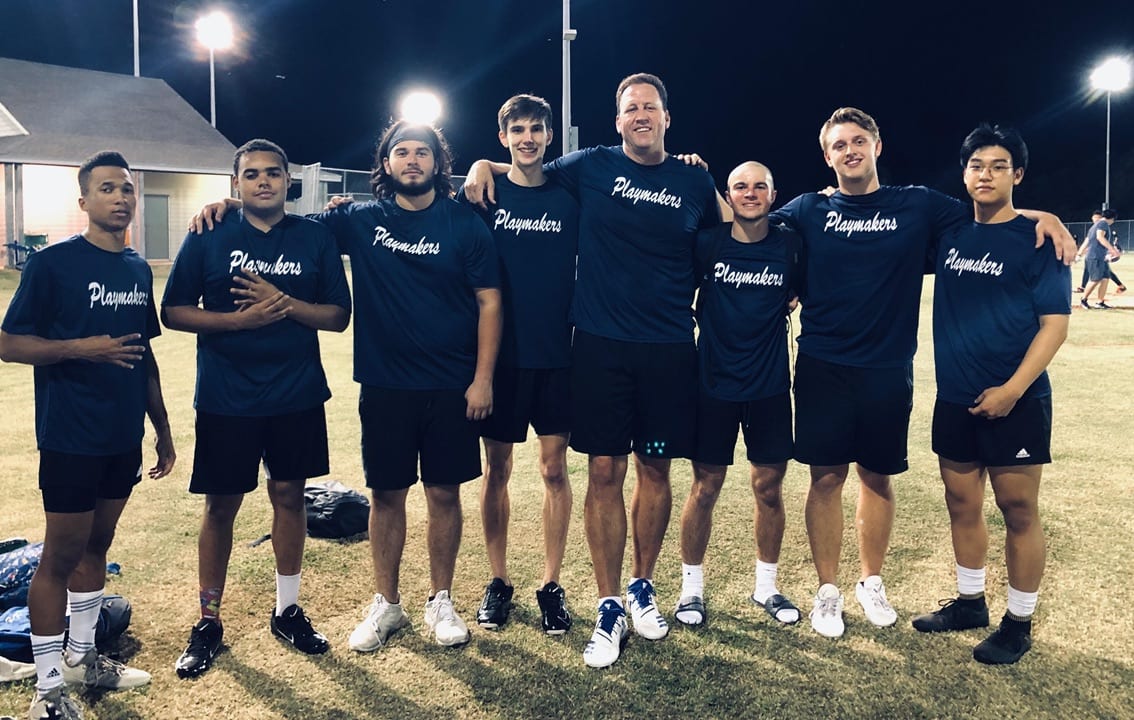
“One of the values of Campus Outreach is that you aren’t always inviting students to your turf—you’re trying to go to their turf,” he said. “I haven’t been on UNT’s campus the entire semester. It’s so weird.”
He’s inviting students to the Village Church Denton, which is near campus.
“Because we’re a religious organization, we can do events at our church, but we can’t do a huge Mafia game,” he said. “Everything has to have some kind of spiritual component.”
That’s fine for the students already in Campus Outreach, but it does limit the amount of purely get-to-know-you events that can draw in new students. COVID checks also curb casual, relationship-building conversation.
The discouragement also motivates me towards creativity.
“From the outside, our [in-person] services look like a cool place to meet people,” Gustafson said, “But then you’re ushered in and out with the people you came with.” Especially for transfer or freshmen students looking to make connections, it can feel lonely.
“A lot of the natural ways people are comfortable relating are removed,” she said. You can’t join a large group of friends in the cafeteria, slide into the back of a worship service, or join a pickup kickball game and strike up a conversation with the person next to you. Even worse, your masked, distanced fellow students might feel uncomfortable with your approach to converse in the hallway or before class—you can’t be sure, so you might opt for a safe silence.
“There are so many barriers to social interaction,” Gustafson said. Colquitt agreed: “This entire generation struggles to be socially engaged. This seems like just another nail in that coffin.”
As the pandemic wears on, canceling recitals and concerts and sports seasons and theater productions, students are feeling more tired and discouraged.
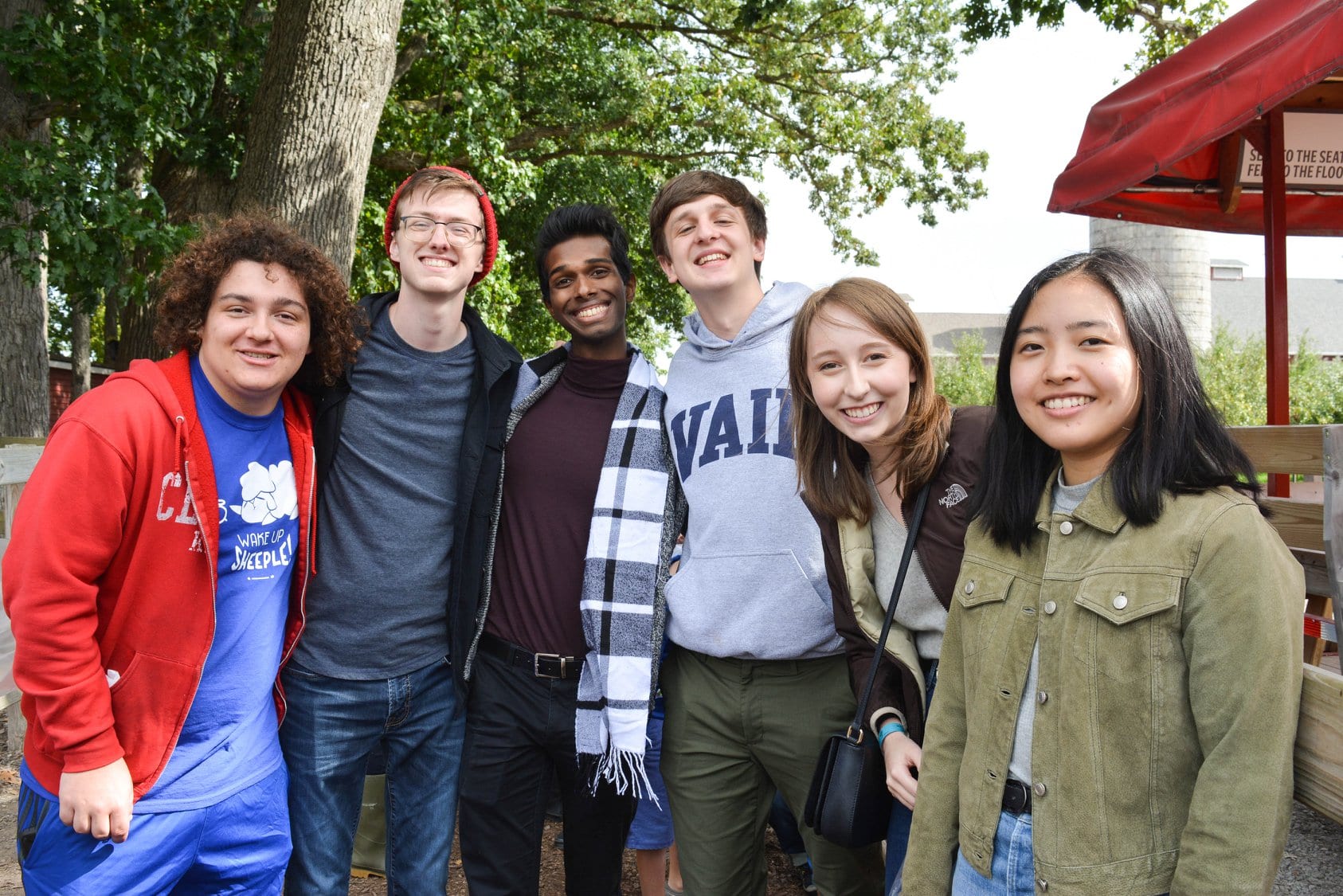
“Our students often struggle with anxiety,” Colquitt said. “Now we’ve moved past anxiety into feeling down. They don’t enjoy—and aren’t thriving in—Zoom classes. They’re feeling a malaise about life and school.” His goal for them: “I don’t want them to see this as a wasted year.”
But in the melancholy and isolation, there are opportunities.
“This situation has shown students, Man, I really do need fellowship and community with other believers,” Turner said. “Even though they have less community, their conviction for it and need for it is going up.”
“In the past, there were lots of ways people could hide, could put up a false sense of connection or intimacy in relationship,” Gustafson said. “It makes you vulnerable to be like, I don’t feel known or seen. I’m struggling. I don’t know if I have the skills to reach out or be authentic or honest with God or to pray about things.”
That vulnerability can lead to vibrant relationships, she said. “I hope we look back at a lot of discipleship that happened during this time inside the church. . . . For a short season, we’re being challenged to take ownership of gathering together with the body.”
Discipleship
Colquitt has been at Northwestern for three years, and had a nice rhythm going—a large-group meeting on Tuesday night, followed by small-group meetings and one-on-one discipleship throughout the week.
The whole system moved to Zoom in March, but Colquitt felt guilty asking students to spend more time in front of their screens. He suggested ditching the large-group meeting in favor of listening to audio sermons and then discussing them later.
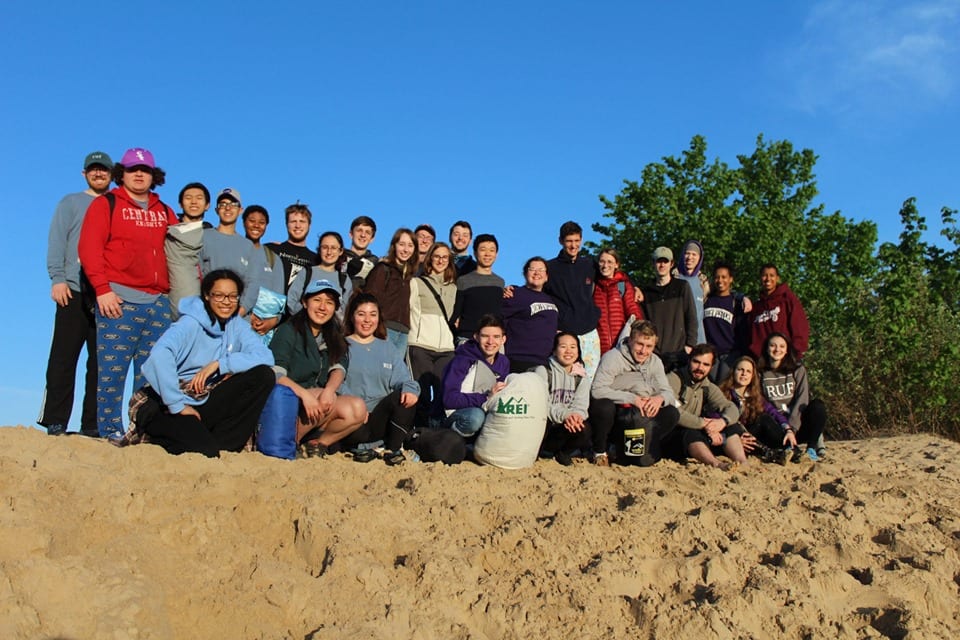
“No one wanted to do that, which was encouraging to me,” he said. The students liked their routines, and they liked a familiar voice. They also liked having something to do, since almost all their social and extracurricular activities had been canceled.
So he kept the large group going, but started using phone calls instead of Zoom for his one-on-one meetings.
“It was interesting, because young people aren’t used to talking on the phone,” he said. “Yet there is something good about that medium. People were more open.”
They talked to him about sin struggles, personal issues, and family dynamics. Stuck at home, those topics were impossible to ignore. And the more students had to cope with, the more likely they were to show up at RUF meetings.
“Our numbers stayed mostly the same, but it was different people,” Colquitt said.
“We saw lots of encouraging growth in students’ personal lives,” including a conversion, Colquitt said. He’s kept as much of that close contact as he can this fall, going for walks (when the weather is nice) or taking students out for coffee (when in-person dining is allowed) or inviting students into his living room (when possible).
“I’ve found a lot more Christians since March opening up about deeper personal issues and wanting to grow in them,” he said.
Ups and Downs
Some things are working, and some aren’t––sometimes at the same time. In the spring, Colquitt split up his students into small groups to watch the Zoom gatherings and do some life together. “It worked for about half the groups—the other half don’t meet at all.”
At the end of Turner’s online summer discipleship-group meetings, some continued to gather for accountability and Bible study for the rest of the summer. Others didn’t.
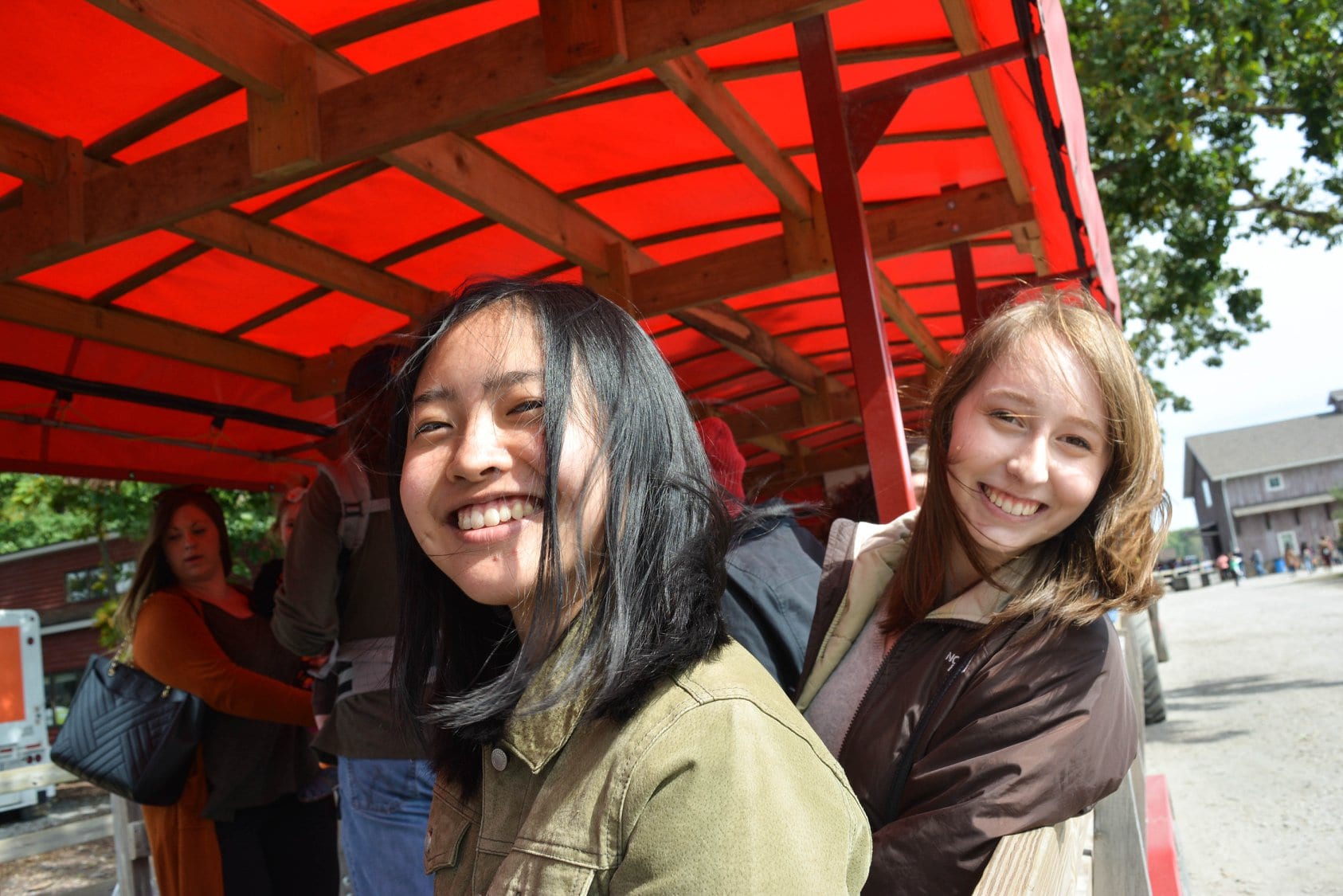
“In college ministry, you try to feed students to the degree that they’re hungry,” he said. “Sometimes that hunger takes time—the Spirit has to produce it. You can’t force it.”
But you can focus on it. “We’re reading through the Bible in a year,” he said. “We’re taking in big chunks of Scripture, which has been good. Normally I’d be more focused on evangelism or reading through a Christian book, but I wanted to simplify it, take it down to the basics, and get my guys saturated with God’s Word.”
Without the distraction of sports or movies or social gatherings, “only a couple of times has a student shown up without doing at least some of the reading,” he said. “For the most part they’re reading, they’re highlighting, they’re showing up with questions. I think the slower pace has afforded them that opportunity.”

The challenges of 2020 have refocused campus ministry staff, too. “It helped us to clarify and refine some priorities,” Gustafson said. “The default can be to lean on things that have always worked. You can get into ruts.”
That isn’t bad, but going back to the drawing board “puts us in the position of having to rethink some things with fresh eyes and to refine our priorities and our mission.”
It also helps the ministry to strip away what might be distracting to focus on the first priorities—introducing students to Jesus and to disciplines like Bible reading, prayer, and meeting with other believers.
“We have a lot of stories from our [student-led Bible studies]—a lot of freshmen are meeting Jesus and having a great experience,” Gustafson said. “The situation they’re in—and their age and their maturity and their ability to handle things—is creating for some people a soft posture toward spiritual things.”
Those stories make the extra decisions and uncertainty and work worth it, she said. “We’ve had to adjust our schedule and to pivot on some things, but that’s all easy because of the wins we’ve been able to have that we weren’t expecting. So it’s easy to adjust to give up some nonessential things.”
Is there enough evidence for us to believe the Gospels?
 In an age of faith deconstruction and skepticism about the Bible’s authority, it’s common to hear claims that the Gospels are unreliable propaganda. And if the Gospels are shown to be historically unreliable, the whole foundation of Christianity begins to crumble.
In an age of faith deconstruction and skepticism about the Bible’s authority, it’s common to hear claims that the Gospels are unreliable propaganda. And if the Gospels are shown to be historically unreliable, the whole foundation of Christianity begins to crumble.


































